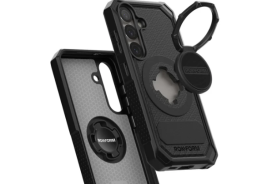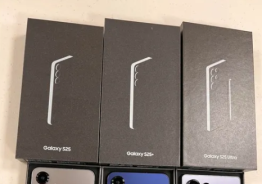Apple's Music Recognition, previously known as Shazam, has evolved significantly, allowing you to remember those very catchy songs you hear around town.
Along with iOS 18.2, Music Recognition will capture the location where you first heard that song—remember musical memories in a completely new way without needing a standalone Shazam app.
Music Recognition Now Tracks Your Location
Geotagging, however, is something new with the iOS 18.2 beta, an upgrade that Apple's Music Recognition feature needed: basically, it tags songs with where you are, which is pretty neat, MacWorld discovers.
Now, Apple stores location data along with song metadata every time you identify a song so that later, you can recall exactly where you were when you heard that new favorite track. This new location-based feature has been branded as "Musical Memories," a fitting addition that blends music with personal moments in time.
Creating a Musical History With Geotags
Earlier releases of the Music Recognition feature kept a log of every track it recognized; it automatically synchronized across your Apple devices using iCloud.
Now, with geotagging turned on, the app can associate a specific place with each track. The next time you access your song history, you may look at more than just the music: you can find out where that moment happened.
Just think of knowing exactly the café or event when you first heard that particular song, creating for yourself a memory that is now linked to both a melody and a place.
Activating Geotagging for Personalized Music Memories
You can do this only if you grant Music Recognition permission to your location. To look for this in the Control Center, hold down the Music Recognition toggle and tap "History."
The first time you open your song history, you'll receive a splash screen detailing existing features like iCloud sync and song history, as well as the new Musical Memories option.
Once Music Recognition is turned on, it will start automatically geotagging all the new music that is being added to your history. It will allow you to explore your discoveries of music in a more personal manner where you would associate each piece with a location on your journey.
Limitations of Geotagging—And the Possibilities for the Future
This kind of geotagging, as is the case with iOS 18.2 geotagging through Music Recognition, remains strictly related to the log of the history. Each location therefore has to be manually checked. There isn't yet an option to see your history of songs on a map.
Of course, this feature can easily be extended later to help you look at locations where you found music or compare places that led to your best discoveries.
A map marking all the places where you discovered new music would be an incredibly special way to look back on your personal journey through sounds and places.
Recommended Tool: Feature to Amp Up Your Musical Journeys
Apple's Music Recognition with its new geotagging ability continues to fall easily as an appealing music discovery and exploration tool. For instance, dance fans may recall specific songs they enjoyed at particular events or different DJ sets and can use the feature to remember that music. That way, users would enjoy not just the music, but the experience as well, of where they were when they heard it.
And, of course, with Music Recognition growing and becoming even more personal, that sort of geotagging of musical moments is an idea that shows how technology can make our daily lives, especially those banal routines in which we find ourselves, more interesting and meaningful.
That is precisely what iOS 18.2 lets us do: more than just identify the music-we are given the chance to recall where we were while falling in love with it.
© Copyright 2025 Mobile & Apps, All rights reserved. Do not reproduce without permission.

















